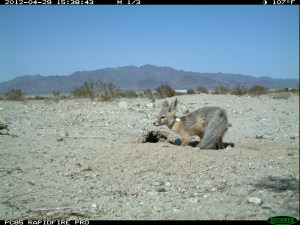 What do you do when your collared foxes are missing? The California Department of Fish and Wildlife Investigations Lab has been tracking desert kit foxes to study an outbreak of canine distemper. Deana Clifford, the Wildlife Investigation Lab’s (WIL) wildlife veterinarian for non-game threatened and endangered species is running the project.
What do you do when your collared foxes are missing? The California Department of Fish and Wildlife Investigations Lab has been tracking desert kit foxes to study an outbreak of canine distemper. Deana Clifford, the Wildlife Investigation Lab’s (WIL) wildlife veterinarian for non-game threatened and endangered species is running the project.
Over the summer, however, some of the collared foxes’ radio signals disappeared after flash flooding in the study area. After several attempts on foot, the researchers took to the air and found the missing foxes with an airplane equipped with a tracking antenna.
Lots of information on this project from CDFW WIL:
Here’s the blog post on the air search
Here’s the background on canine distemper in desert foxes.
And here’s an post about the first kit fox pup of the year.
Idaho Fish and Game is taking to the air, too. But this is just a routine big game survey, which they do in key hunt units every three years.
Read the press release here.
Photo: A remote camera photographs a radio collared fox in California’s Chuckwalla Valley – part of the Colorado Desert. Photo courtesy of David Elms from California’s Region 6 DFW office.


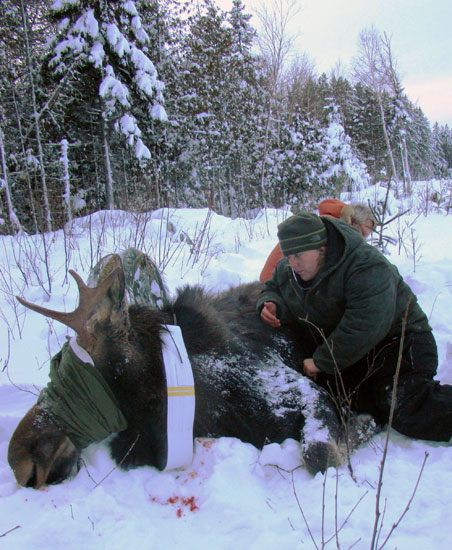
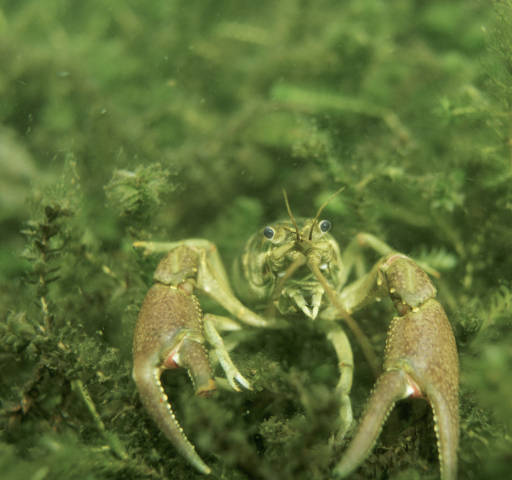 A study by University of South Florida scientists, published online ahead of publication in the
A study by University of South Florida scientists, published online ahead of publication in the 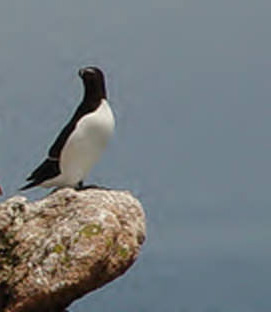
 It started off with a late spring frost that killed off the bears’ seasonal food. It continued with a regional drought. It all added up to the worst year for bear and human conflicts in Colorado since the state started keeping records a few years ago, says an article in the
It started off with a late spring frost that killed off the bears’ seasonal food. It continued with a regional drought. It all added up to the worst year for bear and human conflicts in Colorado since the state started keeping records a few years ago, says an article in the 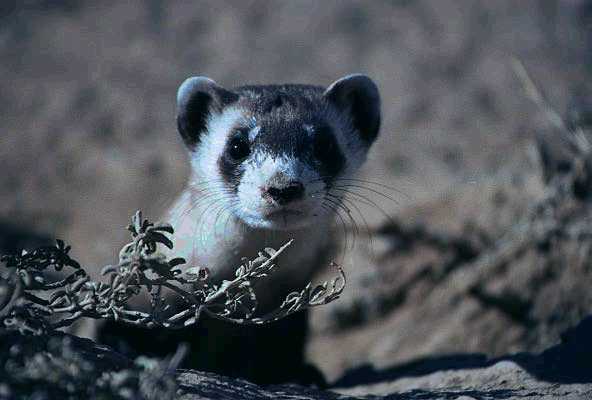 What were the biggest North American wildlife stories in 2012? The ten stories with the most views by State Wildlife Research News readers — in order of popularity — were:
What were the biggest North American wildlife stories in 2012? The ten stories with the most views by State Wildlife Research News readers — in order of popularity — were: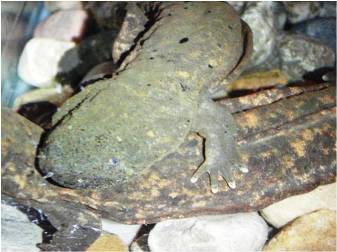 Hellbenders are the America’s largest aquatic salamander and can reach over two feet in length. In New York, they are only found in the Allegheny and Susquehanna River river drainages. According to the
Hellbenders are the America’s largest aquatic salamander and can reach over two feet in length. In New York, they are only found in the Allegheny and Susquehanna River river drainages. According to the 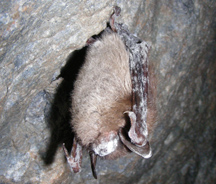 A study published recently in
A study published recently in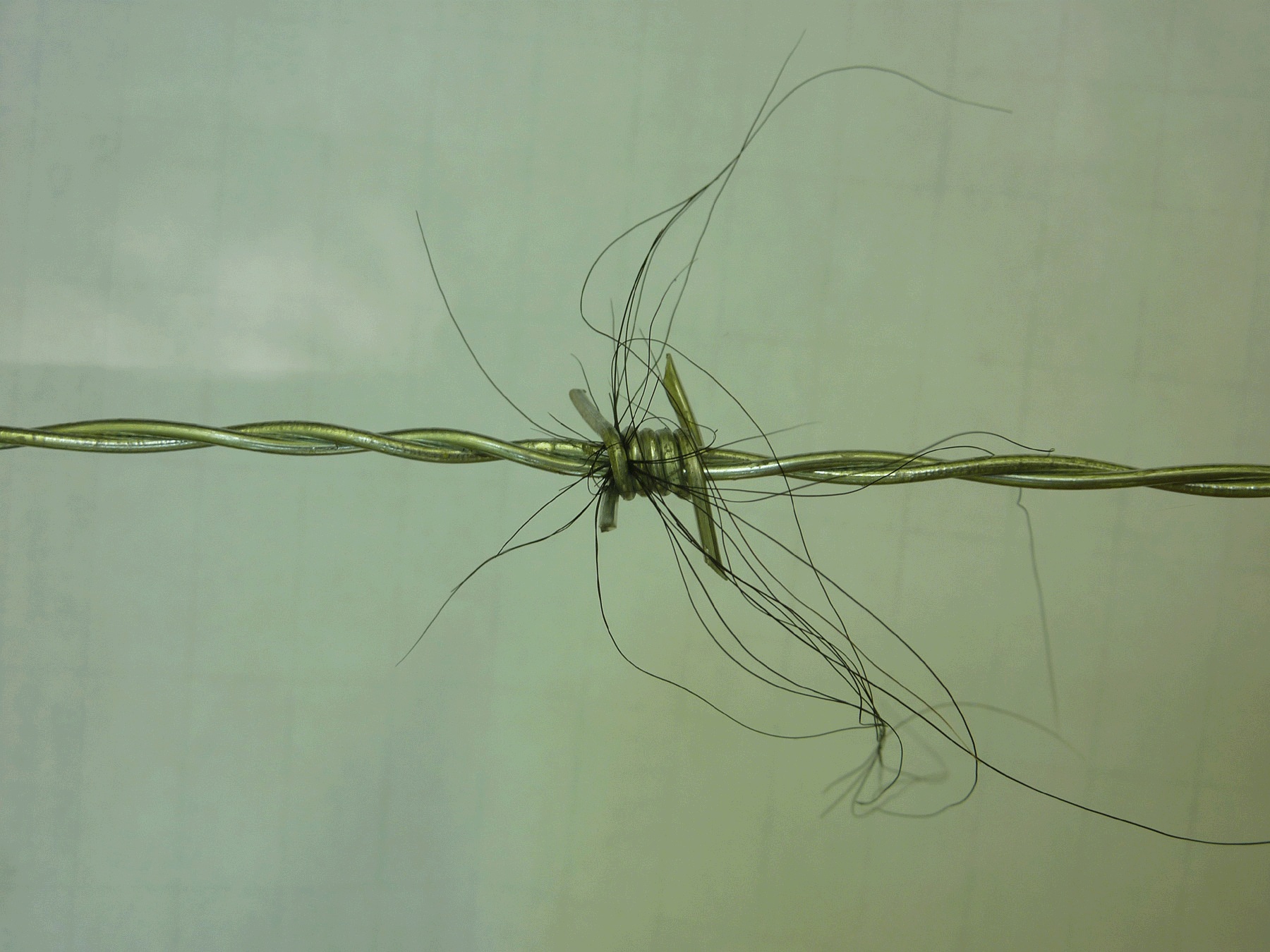 Black bears are back in northeastern Alabama and southern New Jersey, recent reports say.
Black bears are back in northeastern Alabama and southern New Jersey, recent reports say.